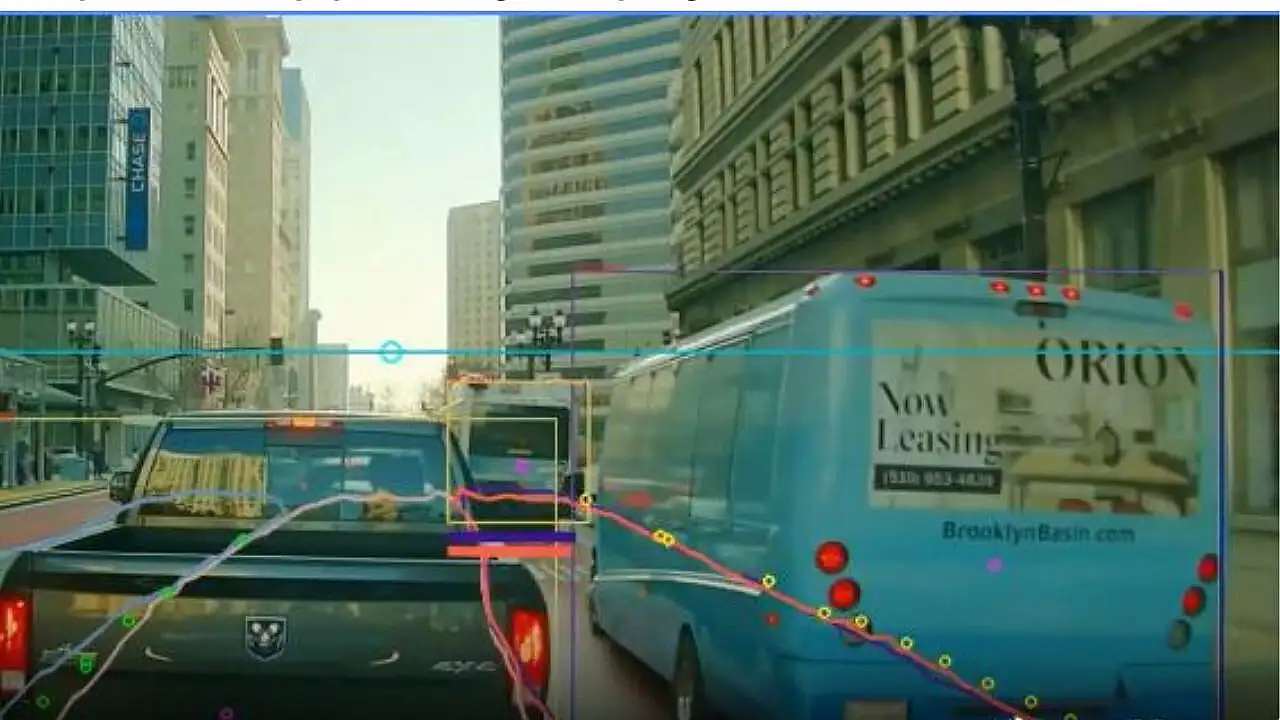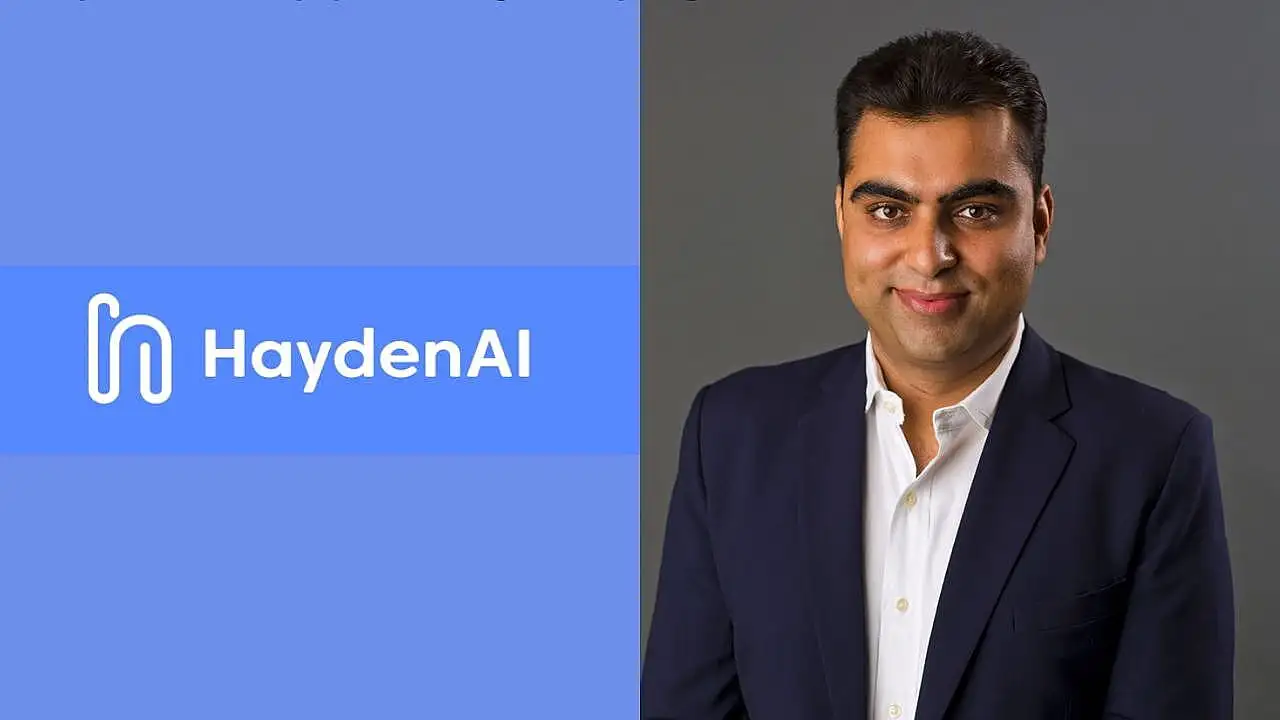
Hayden AI, a Silicon Valley-based company which is into artificial intelligence and machine learning technologies, has developed a product that increases transit bus speeds, efficiency and ridership. This is possible by helping cities clear unauthorised parking in bus lanes and in transit stop zones that impede public transit operations.
Hayden AI was co-founded by Vaibhav Ghadiok, who spent his initial years in Delhi. He graduated from RVCE, Bengaluru, and spent a couple of years at the Indian Institute of Science as Research Associate.
Hayden AI provides its technology to New York City’s MTA (Metropolitan Transportation Authority) for automated bus lane enforcement and Washington DC’s WMATA (Washington Metropolitan Area Transit Authority) for automated bus lane and bus stop enforcement. It has also run pilot programmes with Los Angeles County Metropolitan Transportation Authority, Big Blue Bus in Santa Monica and Southeastern Pennsylvania Transportation Authority (SEPTA) in Philadelphia.
“We are ready for India. We are coming to India. We are collaborating with a MNC to deploy a pilot in India next year. We feel there is tremendous opportunity,” confirms Ghadiok in an email interview.
This technology, if deployed in cities such as New Delhi, will allow effective enforcement by addressing one of the major criticisms of past bus lane programmes. “Improved bus speed will lead to faster commute times and increase in ridership. The resulting increase in revenue can be reinvested which will further improve the transit experience, setting in motion a positive feedback cycle,” says Ghadiok.

This platform will also enable cities to improve traffic, reduce congestion, eliminate traffic fatalities, enable efficient transportation, and achieve fair and equitable mobility for all. The Hayden perception system could also be in sync with India’s diverse weather conditions given that it has operated successfully in night, rain, snow and low visibility conditions.
Nearly two-thirds of the world’s population is expected to live in cities by 2050 and India will be no exception either. However, the bigger problem could lie in land availability for road transport infrastructure.
“This presents a challenge to city planners and since the problem is universal, we have designed a solution to fit global needs. Our system is constantly learning, evolving and improving to ensure that we can adapt to the chaos in India,” says Ghadiok.
According to him, dedicated bus lanes can transport up to five times the passengers per hour compared to regular lanes. The Delhi Bus Rapid Transit System (BRTS) performed well during its implementation, leading to 32% increase in ridership and 40% reduction in commute times. However, vehicle owners violated the rules of bus lanes by driving or parking in them, leading to a slowing down of buses and defeating the very purpose of BRTS.
Ghadiok says similar trends are observed in cities across India. Slower buses lead to worse one-time performance and consequently loss in ridership and higher costs for transit agencies which are then forced to lower the frequency of service, “often resulting in their own death spiral”.
This invariably ends up affecting the most marginalised sections of society for which buses are a primary means of transportation. “However, this trend is reversible with the help of the system we have developed,’’ he adds.
In his view, Delhi Metro is a perfect success story since it has improved the entire ridership experience from reduced wait times to on-time arrivals. Further, it has also assured safer and smarter rides. “We want to create the same success story for bus riders in India,” says Ghadiok.
AI is now being increasingly relied upon to enforce road traffic rules. The Kerala government is planning to bring important roads under the scanner of AI-based cameras to halve the number of road accidents by 2024.
Traffic rules can be enforced effectively once the software evaluates the violation of traffic rules. Bengaluru traffic police has introduced an AI-enabled traffic management system to detect and penalise rule violators.
The Hayden AI perception system is installed behind the windshield and uses AI-powered computer vision for geospatial and semantic understanding of the environment. “It uses AI to understand the structure of the road identifying double yellow lines, white dotted lines, traffic signs as well as areas of the road where a vehicle should be parked or moving,” he says.
Rules can be added to detect any kind of event such as an illegally parked vehicle in a bus lane, bus stop or bike lane. “When an event is detected, it uploads a video clip to the cloud for further processing that can be visualised in the portal,” adds Ghadiok.
Hayden’s plans for India are also happening at a time when the country is committed to reducing the emission intensity of its GDP (gross domestic product) by 45% in 2030 from its 2005 levels. About 23% of the global CO2 emissions from fuel combustion is produced by the transport sector.
One way to reduce emissions lies in increasing public transportation ridership so that there are fewer cars on the roads. The Centre’s vision of smart cities has within its core efficient transport options to boost transit ridership through the day at affordable costs. This means improving the quality of transit service and this is where Hayden is hoping to make a difference.
Also Read:
SAMIL Joins Yardi School Of Artificial Intelligence To Strengthen 'ThePriceX' Platform